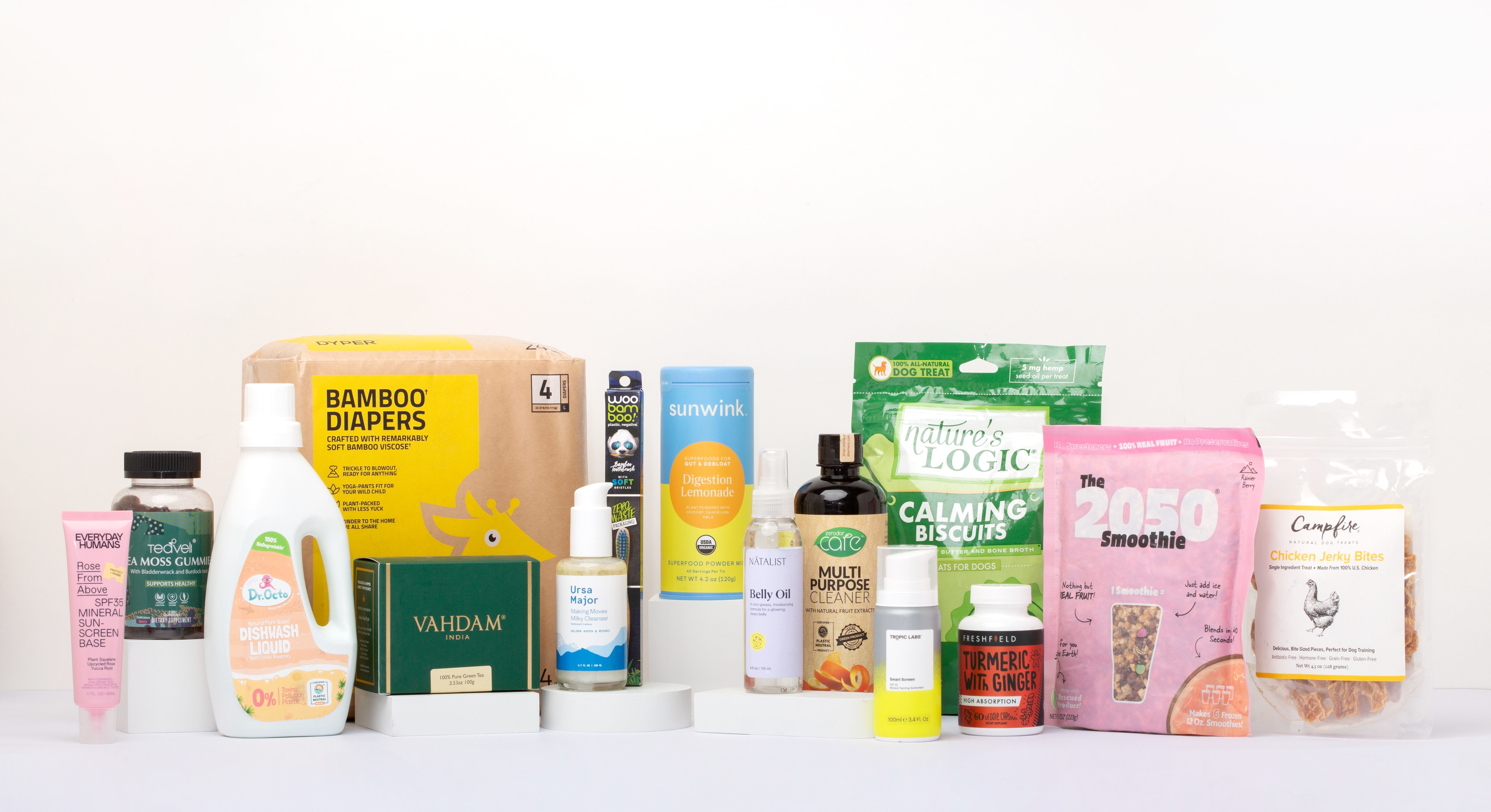EPR Foundations: What are Covered Entities?
Explore the fundamentals of Extended Producer Responsibility (EPR) and understand how it shifts packaging waste management responsibilities to producers. Learn about "Covered Entities," their obligations under state-specific EPR laws, and key compliance steps. Know more about Oregon’s EPR framework and available resources to help SMEs navigate reporting and regulatory requirements.
Extended Producer Responsibility (EPR) for packaging is a policy approach that aims to shift the financial and operational burden of waste management from municipalities to the producers themselves. This encourages companies to design more sustainable packaging, reduce waste, and improve recycling rates.
Implementing EPR involves several key steps:
- Assessment: Evaluate the environmental impact of your packaging materials.
- Redesign: Innovate to create packaging that is easier to recycle or reuse.
- Collaboration: Work with recycling programs and other stakeholders to ensure effective waste management.
- Compliance: Stay updated with local and federal EPR regulations to avoid penalties.
By embracing EPR, companies can play a pivotal role in creating a more sustainable future while also benefiting from a more efficient and responsible business model.
Covered Entities Decoded in Simple Terms
In the context of Extended Producer Responsibility (EPR) for packaging in the United States, "Covered Entities" refer to producers who are legally obligated to manage the end-of-life stage of their packaging materials. These entities are typically brands or companies that manufacture, import, or sell products with packaging that falls under state-specific EPR laws.
To determine if a company is a covered entity, it must review the producer definitions outlined in each state's EPR legislation. For instance, in Oregon, covered products include packaging, printing and writing paper, and food service ware. The responsible producer is often the brand owner or the entity that imports the product into the state. Similarly, in Colorado, the definitions and obligations are detailed in state guidelines, which help businesses identify their responsibilities.
Compliance involves several steps, including registration, reporting, and fee payments. Producers must register with designated Producer Responsibility Organizations like the Circular Action Alliance, submit regular reports on their packaging materials, and contribute financially to recycling and waste management programs.
Getting Started: EPR Compliance Resources for SMEs
The EPR compliance hub from rePurpose Global can automate in 1-click what would otherwise take you over 3 months of manual effort. It quickly compiles CAA reports, estimates fees and tax liabilities, and keeps you updated with emerging regulations, including labeling laws, PCR mandates, and over 90 packaging regulations in North America. With Oregon's reporting deadline on March 31st, immediate action is crucial to avoid financial penalties.
Reach out to us for a stress-free, reliable solution.
Get Started with Verified Plastic Recovery for your Brand
Get Started with Packaging EPR Compliance for Your Brand
rePurpose Global is here to support your sustainability roadmap with impactful and measurable Plastic Action solutions that deliver immediate results. Partner with us to measure your plastic footprint, fund plastic waste recovery, and create strong sustainability messaging for your brand.
Talk to our team to explore how we can work together.
rePurpose Global's EPR compliance platform is here to support you in preparing for the upcoming regulations in multiple states in the US and comply with no errors. Partner with us to create detailed assessment reports, pre-empt fees and reduce time & cost involved in the process.
Talk to our team to explore how we can work together.

Related Posts
EPR Foundations: What is the Circular Action Alliance?
Learn how the Circular Action Alliance (CAA) supports producers in complying with Extended Producer Responsibility (EPR) laws. As a Producer Responsibility Organization, CAA helps businesses manage packaging waste, navigate state-specific regulations, and streamline reporting. Understanding its role is key for companies aiming to align with sustainability goals while meeting compliance requirements.
Unique Challenges SMBs Face in EPR Compliance
SMBs struggle with EPR compliance due to limited resources, complex regulations, and packaging challenges. This article dives into how to overcome these challenges and ensure that your brand successfully navigates this new paradigm.
EPR Foundations: What is a Packaging Type?
Understand how "Packaging Type" impacts EPR compliance. Packaging materials—such as paper, plastic, glass, and metal—fall under EPR regulations, requiring producers to track, report, and pay fees based on usage. Identifying packaging types accurately helps companies meet state-specific laws, avoid fines, and contribute to a circular economy through sustainable packaging choices





.png)








